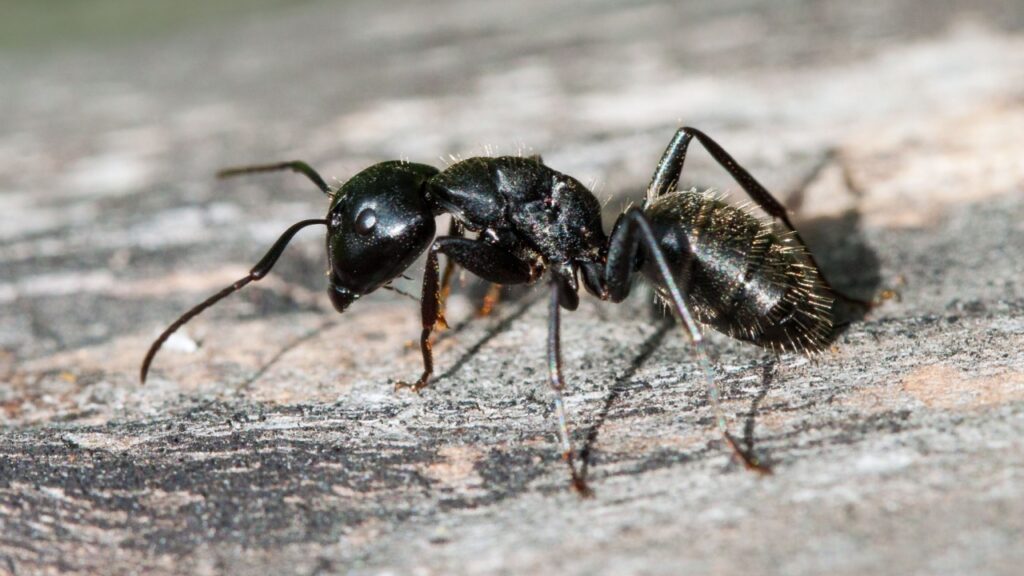Ants are tiny but mighty creatures, found in almost every corner of the world. Despite their small size, and the fact that just the thought of them makes many of us squirm and itch, they play a big role in many ecosystems. Ants are also a food source for many animals, from tiny spiders to surprisingly large mammals. These ant-eaters have developed unique ways to catch and eat these industrious insects. Some animals rely on ants as their main food source, while others eat them as part of a varied diet.
And there’s an actual term for it! Myrmecophagy. Myrmecophagous animals are creatures that prey on or eat ants, but that do not live with ants.
Giant Anteater
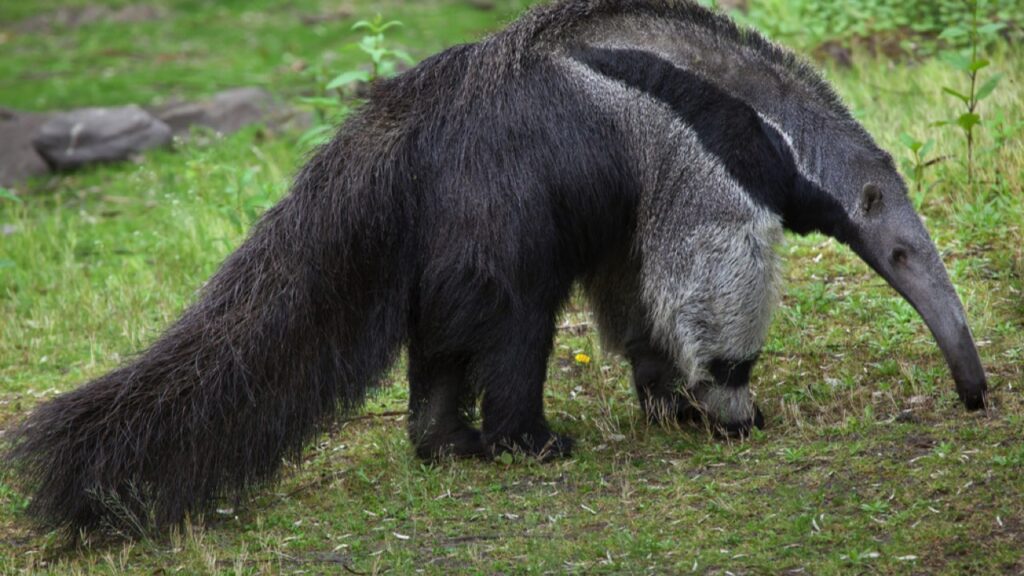
The Giant Anteater is nature’s ultimate ant-eating machine. With its long snout and sticky tongue, it can eat up to 35,000 ants and termites in a single day. These large mammals use their powerful claws to tear open ant nests and termite mounds. They’re found in Central and South America and can grow up to 7 feet long from nose to tail.
Aardvark
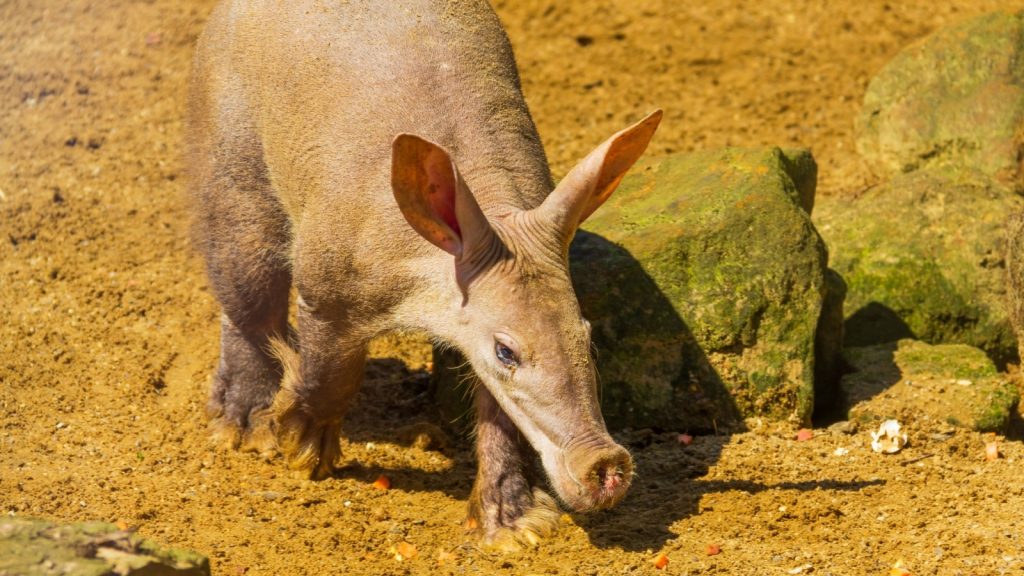
Aardvarks are nocturnal animals native to Africa. Their name means “earth pig” in Afrikaans, but they’re actually more closely related to elephants. Aardvarks have long, sticky tongues that can be up to 12 inches long. They use these tongues to slurp up ants and termites from their underground burrows.
Pangolin
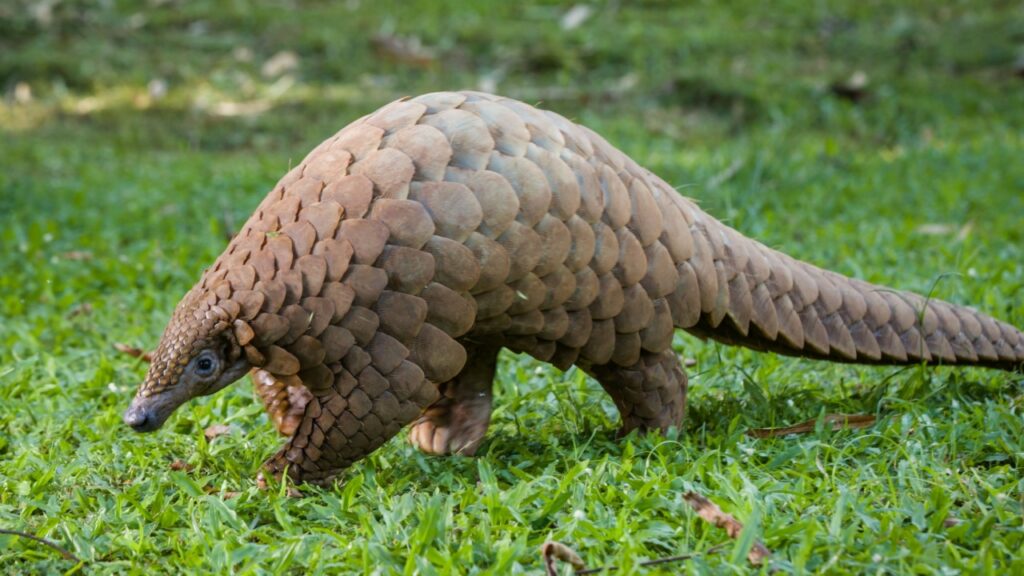
Pangolins are unique animals covered in scales made of keratin, the same material as our fingernails. They’re found in Africa and Asia and are sadly endangered due to illegal hunting. Pangolins use their long, sticky tongues to catch ants and termites. They can eat up to 70 million insects per year!
Horned Lizard
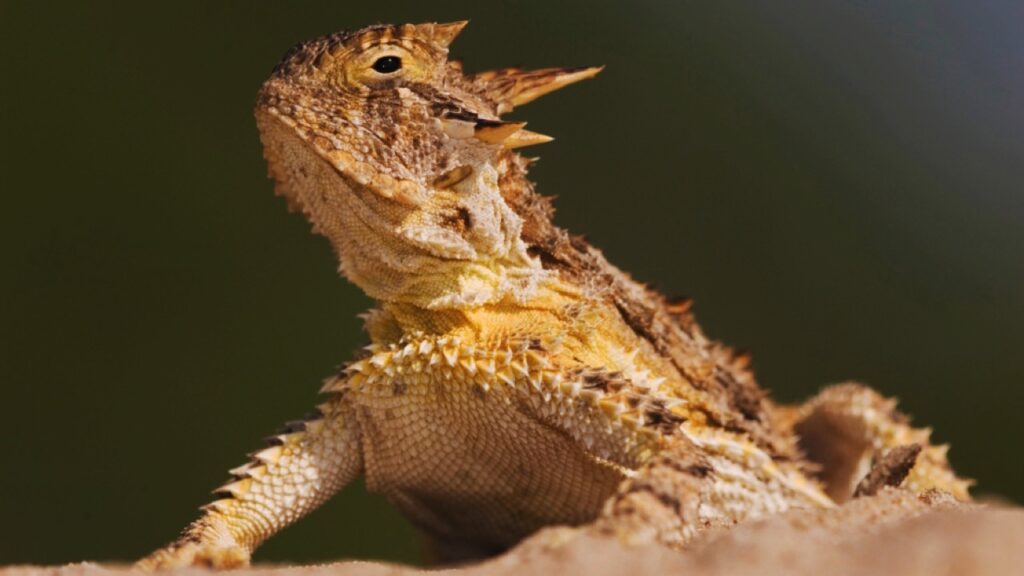
Horned lizards, also known as horned toads, are found in North and Central America. These lizards have a unique way of eating ants. They stand near an ant trail and use their long, sticky tongue to catch ants as they pass by. Some horned lizards can shoot blood from their eyes as a defense mechanism!
Echidna
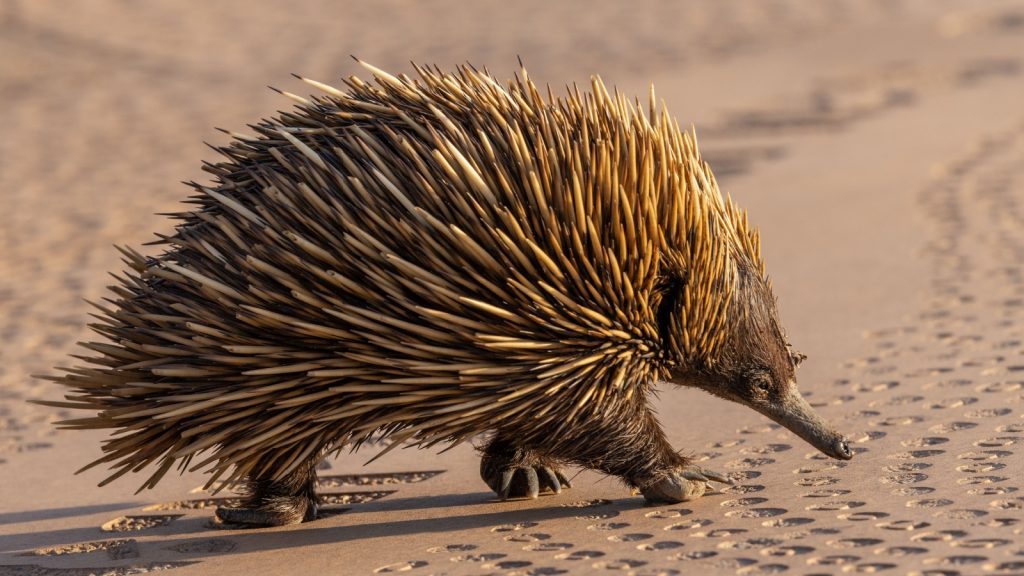
Echidnas are egg-laying mammals found in Australia and New Guinea. They’re related to the platypus and are sometimes called spiny anteaters. Echidnas have long, sticky tongues that they use to catch ants and termites. They can eat up to 200,000 ants in a single meal!
Numbat
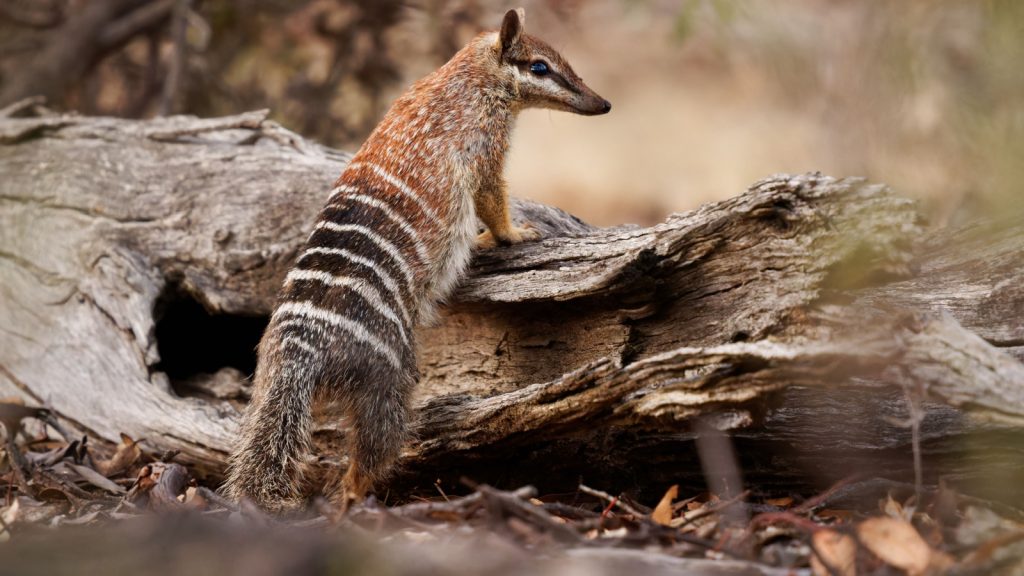
The numbat is a small, striped marsupial found only in Australia. It’s also known as the banded anteater. Numbats are unusual because they’re active during the day, unlike many other ant-eating animals. They can eat up to 20,000 termites per day using their long, sticky tongues.
Woodpecker
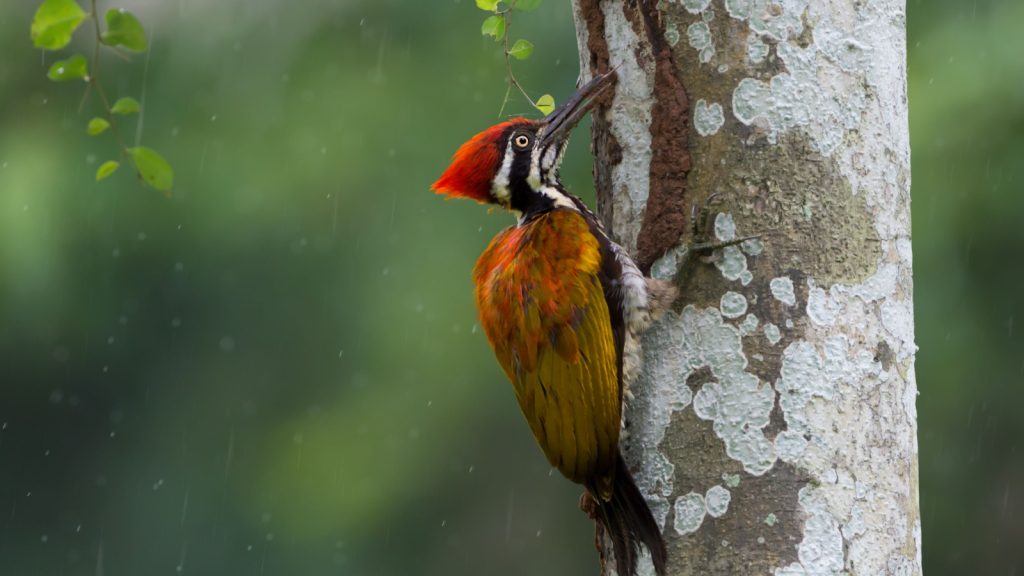
Many species of woodpeckers eat ants as part of their diet. They use their strong beaks to peck into wood and tree bark to find ants and other insects. Some woodpeckers, like the northern flicker, even eat ants on the ground. Their long, sticky tongues are perfect for catching these tiny insects.
Flycatcher
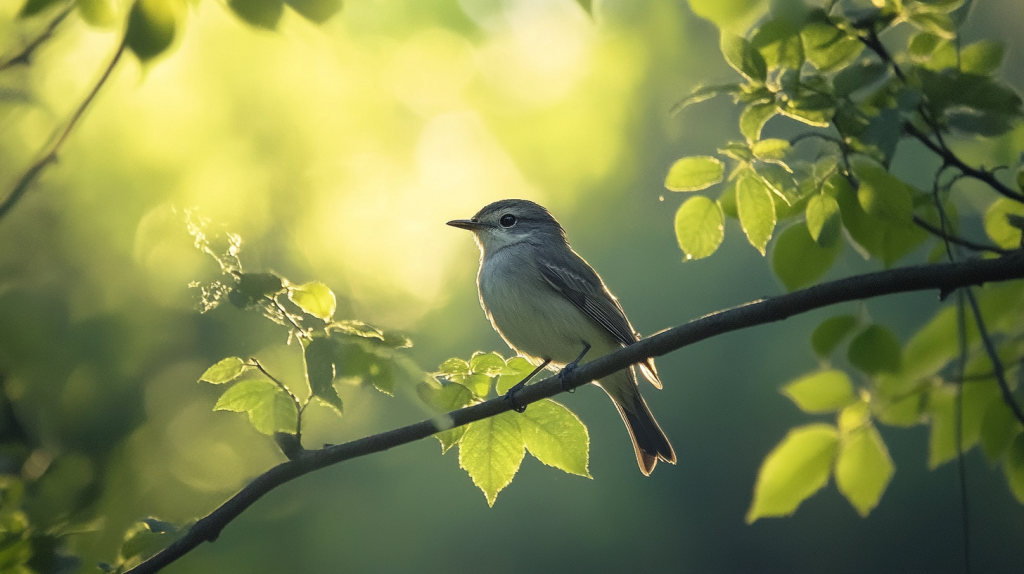
Flycatchers are a family of small birds found around the world. While they mainly eat flying insects, many species also eat ants. Some flycatchers will even follow army ant swarms to catch other insects trying to escape the ants. These clever birds have found a way to use ants to help them hunt!
Praying Mantis
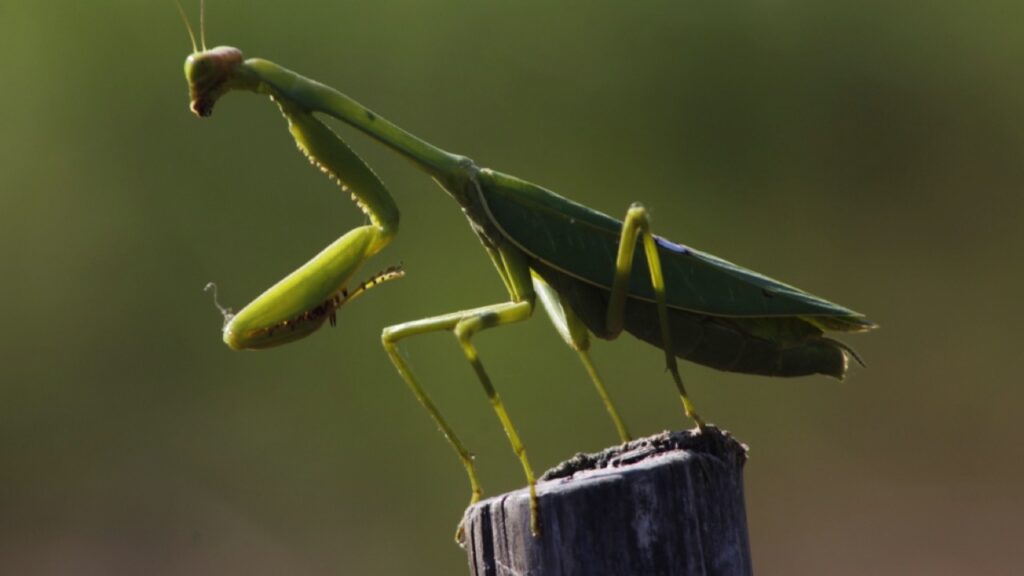
Praying mantises are skilled predators that eat a variety of insects, including ants. They use their powerful front legs to grab their prey. Mantises have excellent eyesight and can turn their heads 180 degrees to spot their next meal. Some species of mantis have even been known to catch and eat small birds!
Narrow-Mouthed Toad
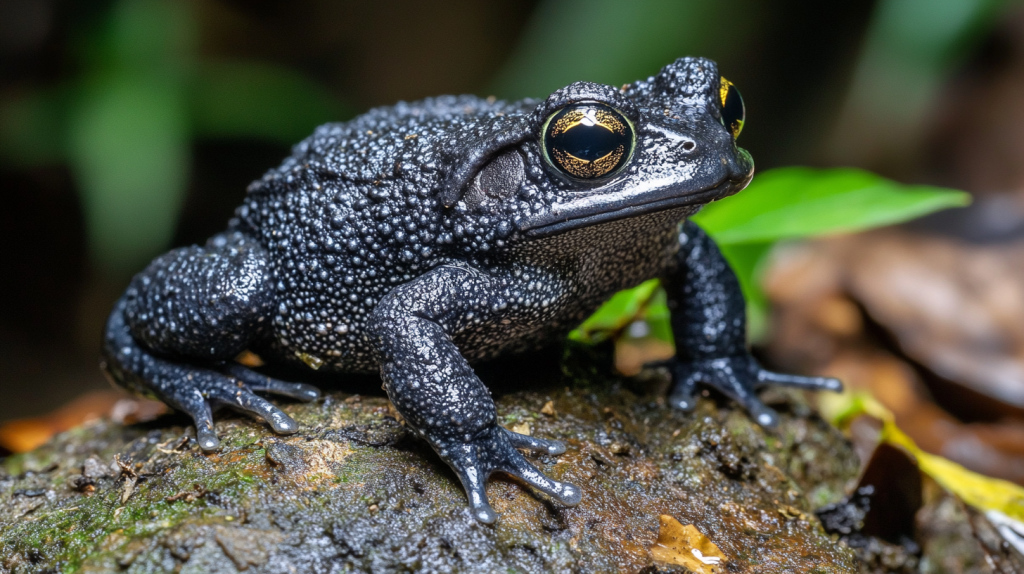
Narrow-mouthed toads are small amphibians found in the Americas. They have a special diet that consists mainly of ants and termites. These toads have a unique adaptation – their skin produces a substance that protects them from ant bites and stings. This allows them to eat ants safely without getting hurt.
Blind Snake
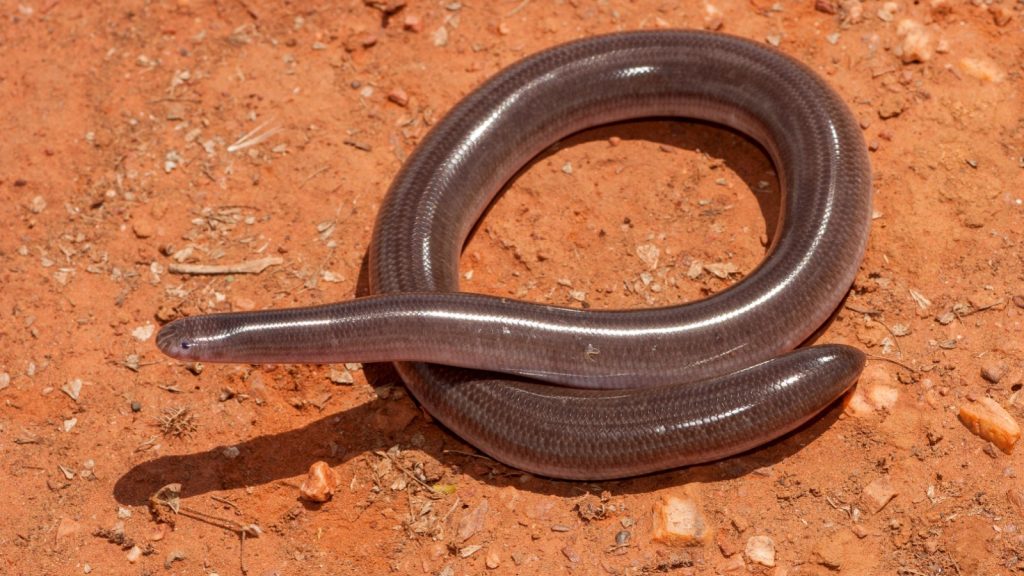
Blind snakes are small, worm-like snakes that live underground. Many species of blind snakes eat ants and termites. They find their prey by following the scent trails left by ants. Blind snakes have a unique way of eating – they crush ants against the roof of their mouth to remove the harmful acids before swallowing.
Spiders
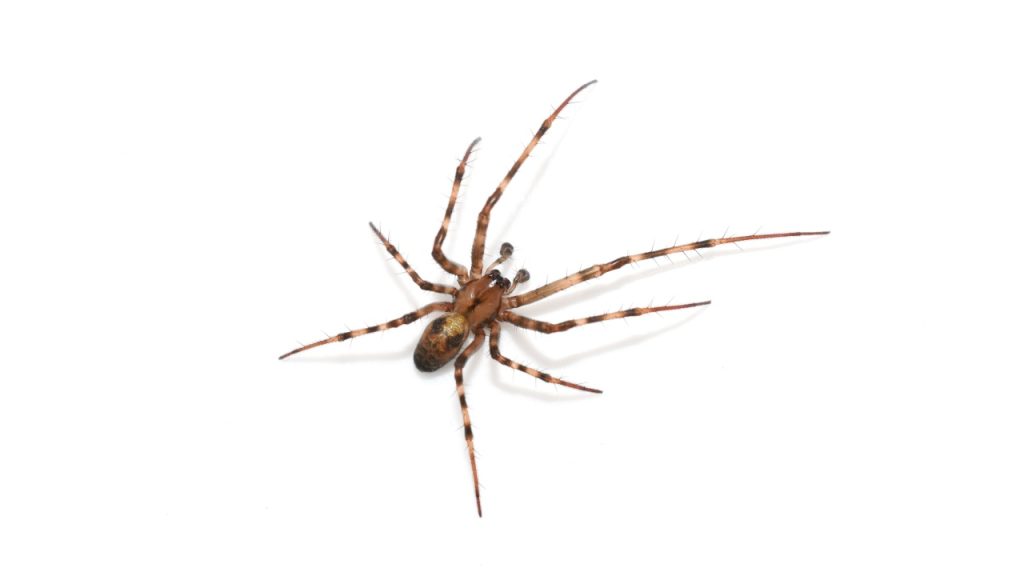
Many species of spiders eat ants as part of their diet. Some spiders, like the zodariid spider, specialize in catching ants. These spiders often mimic ants in appearance and behavior to get close to their prey. They have venom that’s especially effective against ants, making them efficient ant predators.
Grizzly Bear
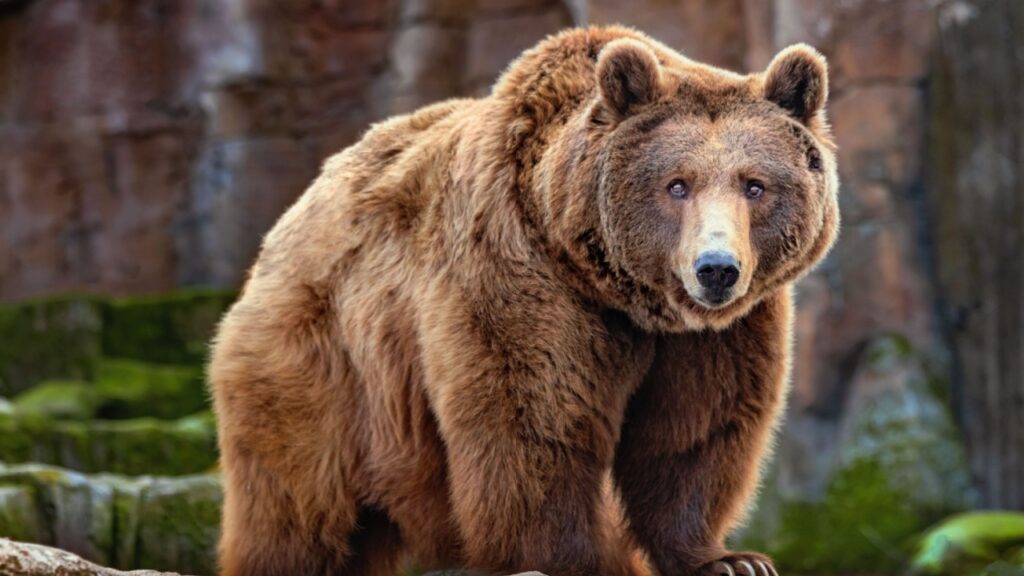
While grizzly bears are known for eating fish and berries, they also eat ants when given the chance. Bears will use their strong claws to tear open ant nests and logs to get at the insects inside. Ants provide bears with a good source of protein and fat, especially in the spring when other food sources are scarce.
Coyote
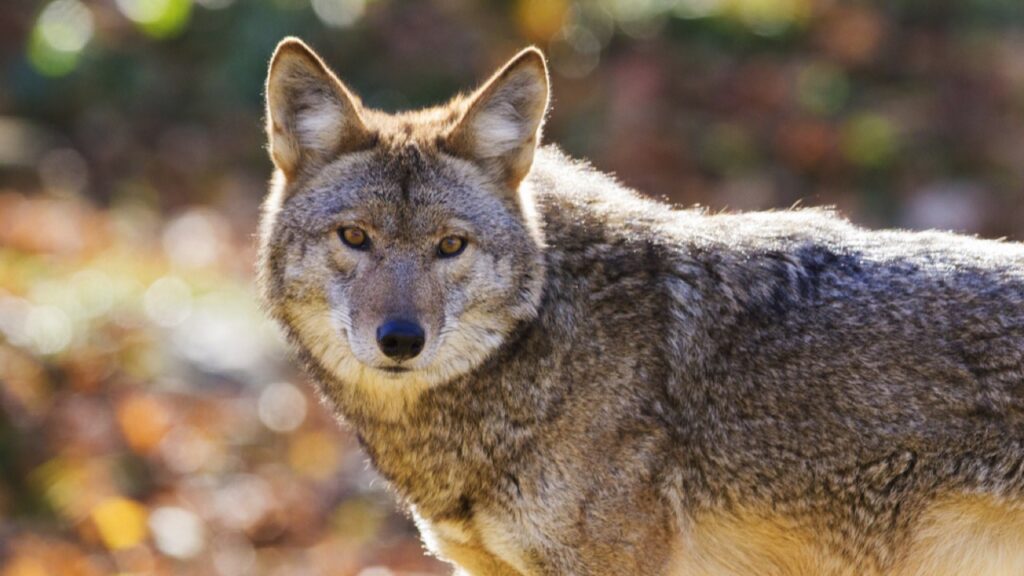
Coyotes are opportunistic eaters and will eat ants when other food is hard to find. They’re known to dig up ant nests and eat the insects and their larvae. Coyotes also eat other small animals, fruits, and even garbage in urban areas. Their varied diet helps them survive in many different habitats.
Sparrow
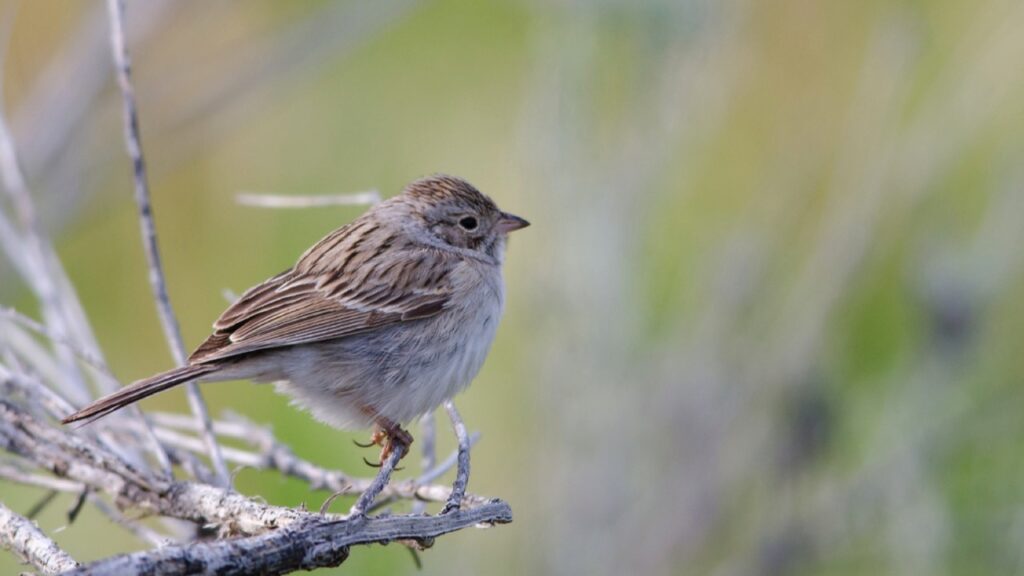
Many species of sparrows include ants in their diet. These small birds will often be seen hopping around on the ground, picking up ants and other insects. Some sparrows even use a technique called “anting,” where they rub ants on their feathers. Scientists think this might help the birds get rid of parasites.

